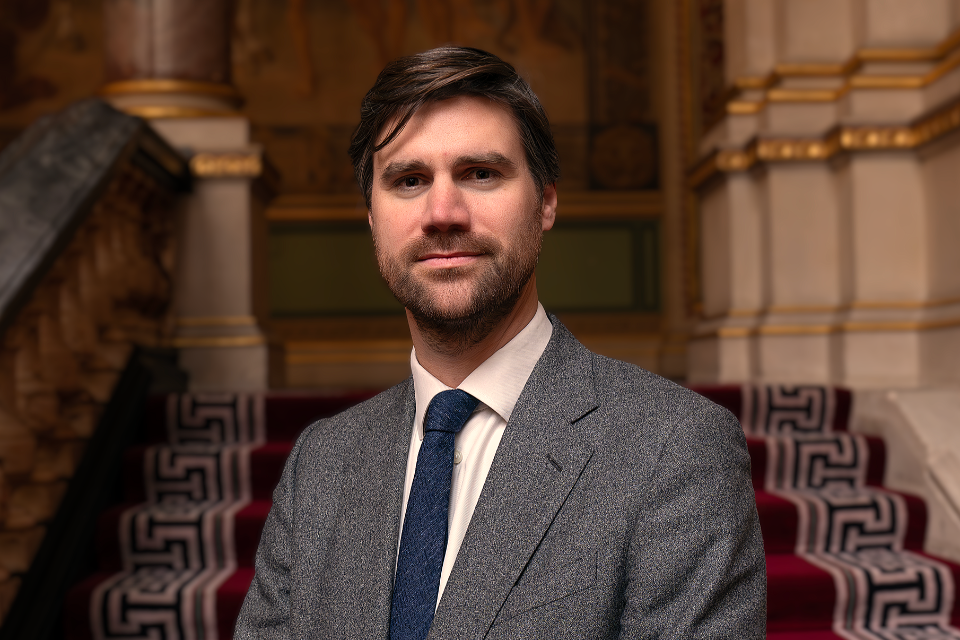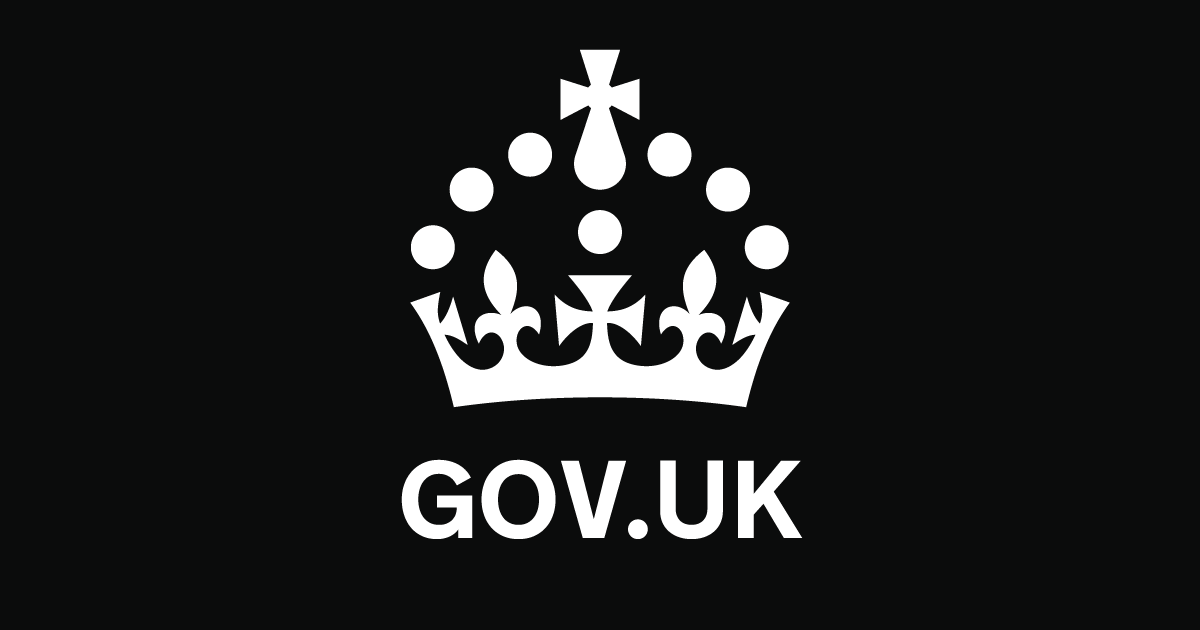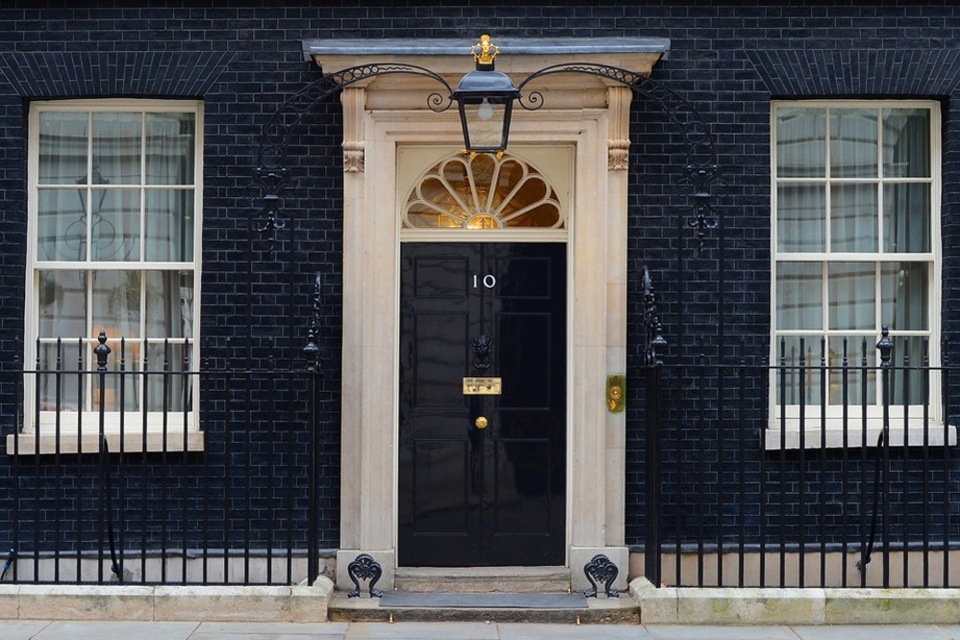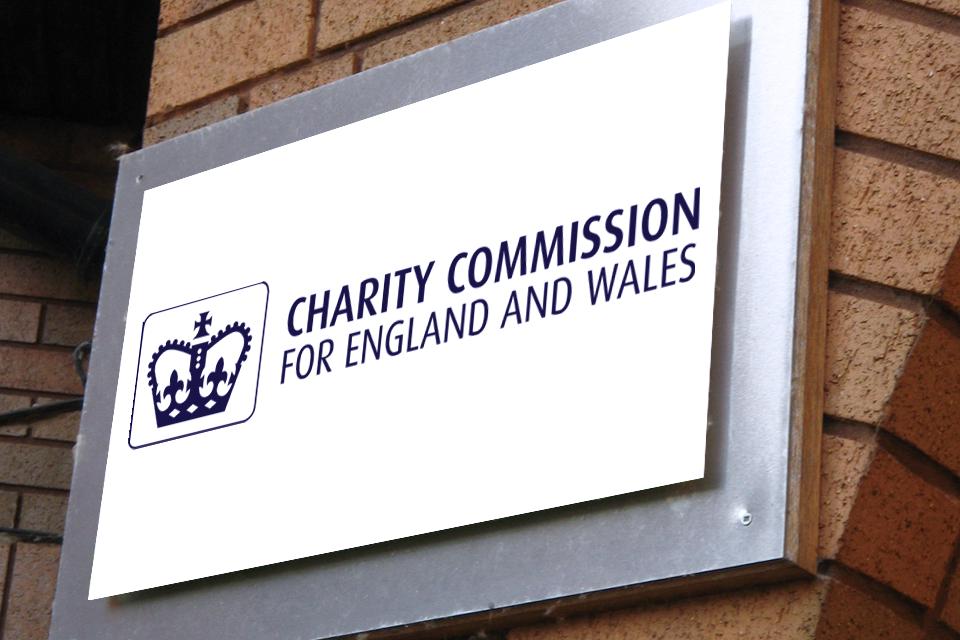- Pledge to deliver over two million more elective care appointments hit early with over 100,000 more treatments, tests and scans for patients each week
- Waiting lists falls by almost 160,000 since government took office, as extra appointments delivered for chemotherapy, radiotherapy, endoscopy, and diagnostic tests
- Comes as an additional £40 million set to be handed to trusts that deliver biggest improvements in cutting waiting lists
- Marks major step towards delivering Plan for Change milestone of hitting 18-week treatment target by the end of this Parliament
Over two million extra NHS appointments including for chemotherapy, radiotherapy, endoscopy, and diagnostic tests delivered as government delivers first step to fix the NHS seven months early.
The Prime Minister has welcomed new figures published by NHS England [today] which reveal that between July and November last year, the NHS delivered almost 2.2 million more elective care appointments compared to the same period the previous year – delivering on the government’s mission to fix the NHS as part of the Plan for Change.
The new data confirms the government reached the target seven months earlier than promised – with 100,000 more treatments, tests, and scans for patients each week, and more than half a million extra diagnostic tests delivered.
It follows figures published last week which showed the waiting list has been cut by almost 160,000 since the government took office, compared to a rise of almost 33,000 over the same period the previous year.
It means thousands of patients have received vital operations, scans, treatments, and consultations earlier than planned, helping them get back on with their lives and back to work sooner.
The extra 2 million appointments – delivered in part by extra evening and weekend working – are underpinned by the government’s ambitious wider reform agenda, including our plan to expand opening hours at Community Diagnostic Centres across the country, 12 hours a day, seven days a week.
The government’s mission to build an NHS fit for the future starts with tackling waiting lists, and hitting this milestone is a crucial step towards treating 92% of elective care patients within 18 weeks of referral by the end of this Parliament – delivering a core commitment in the Plan for Change.
While there is more to do, today’s milestone also clears the path to bring forward wider NHS reforms through the government’s Elective Reform Plan – announced by the Prime Minister last month – which will cut waiting times and improve patient experience by getting people seen more quickly, closer to home.
Prime Minister Keir Starmer said:
“Two million extra NHS appointments and a waiting list on its way down – we’re delivering on our promise to fix the NHS and make sure people get the care they need, when they need it.
“This isn’t just about numbers. It’s about the cancer patients who for too long were left wondering when they’ll finally start getting their life-saving treatment. It’s about the millions of people who’ve put their lives and livelihoods on hold – waiting in pain and uncertainty as they wait for a diagnosis.
“We said we’d turn this around and that’s exactly what we’re doing – this milestone is a shot in the arm for our plan to get the NHS back on its feet and cut waiting times.
“But we’re not complacent and we know the job isn’t done. We’re determined to go further and faster to deliver more appointments, faster treatment, and a National Health Service that the British public deserve as part of our Plan for Change.”
Since entering office, the government has hit the ground running to fix the broken health service we inherited by tackling the waiting lists, and building an NHS fit for the future.
This includes ending NHS strikes so staff are on the front line instead of the picket line this winter, vaccinating more people against flu than this time last year and putting immediate investment into our health system through £1.8 billion to fund extra elective care appointments as part of record £26 billion extra NHS funding secured at the October Budget.
Building on this, the government has announced an extra £40 million funding pot for trusts who make the biggest improvements in cutting waiting lists. The funding will be available for hospitals from next year to spend on capital projects such as new equipment or repairs to their estate which can deliver faster access to treatment and improve conditions for patients.
Further details on the scope and allocation of the funding package will be set out in due course, but examples of the innovations that trusts will be able to benefit from include investment into new tech such as surgical robots and AI scanners to modernise the NHS and help patients get diagnosed and treated as quickly as possible.
The funding could also go towards completing hospital ward maintenance – expediting the transformation of ageing NHS estates and giving patients newer, safer environments in which to receive care.
Health and Social Care Secretary Wes Streeting said:
“We have wasted no time in getting to work to cut NHS waiting times and end the agony of millions of patients suffering uncertainty and pain.
“Because we ended the strikes, invested in the NHS, and rolled out reformed ways of working, we are finally putting the NHS on the road to recovery.
“We promised change, and we’ve delivered, providing the two million extra appointments we pledged in just our first five months – a promise made, and a promise kept. The result is around 160,000 fewer patients on waiting lists today than in July.
“That was just the first step. Through our Plan for Change, we are opening new surgical hubs, Community Diagnostics Centres at evenings and weekends, and using private sector capacity to cut waiting times from 18 months to 18 weeks.”
Amanda Pritchard NHS chief executive said:
“Thanks to the hard work of staff and embracing the latest innovations in care, we treated hundreds of thousands more patients last year and delivered a record number of tests and checks, with the waiting list falling for the fourth month in a row.
“There is much more to do to slash waiting times for patients, but the Elective Care Reform Plan will allow us to build on this incredible progress as we boost capacity and drive efficiency while also improving the experience of patients.”
The Elective Reform Plan will drive forward action to meet the 18-week target through the necessary reforms to overhaul the system, support staff, cut waste and put patients first – creating millions more appointments in the process. As part of this, the government is creating thousands more appointments through greater access to Community Diagnostic Centres and 17 new or expanded surgical hubs.
The Community Diagnostic Centres will be opened 12 hours a day, seven days a week wherever possible so that people can access a broader range of more appointments closer to home in their neighbourhoods. These will increase the availability of same-day tests and consultations so that patients don’t have to wait for weeks in between different stages of care.
The surgical hubs will be also created within existing hospitals by June and three others expanded, with more expected in coming years supported by the £1.5 billion investment confirmed at the Autumn budget.
These will bring together the necessary expertise, best practice, and tech under one roof to focus on delivering the most common, less complex procedures. The new hubs will be ring-fenced from winter pressures and will cut waiting times for standard surgeries, in turn freeing up beds in acute wards needed for more complex cases.
Other elements of the plan include freeing up around 1 million more appointments every year by removing non-essential follow-ups, publishing a new deal with the independent sector to increase capacity, revolutionising the NHS app to give patients greater choice and control over their treatment and preventing unnecessary referrals by incentivising GPs to work with hospital doctors to get specialist advice.
The government has also launched a nationwide consultation on the 10 Year Health Plan to build an NHS fit for the future and secured an extra £2 billion to upgrade NHS technology and £1 billion to deal with the massive NHS maintenance backlog.
As part of a drive towards prevention, NHS England have also launched its first-ever awareness campaign today to support more women to attend potentially lifesaving breast screening. The campaign, supported by leading charity Breast Cancer Now, launches today with a new advert across TV, on demand and radio to highlight the benefits of screening in detecting cancer at the earliest opportunity.
Last year alone, NHS breast screening services detected cancers in 18,942 women across England, which otherwise may not have been diagnosed or treated until a later stage, and the most comprehensive review to date found around 1,300 deaths are prevented each year by the breast screening programme.










